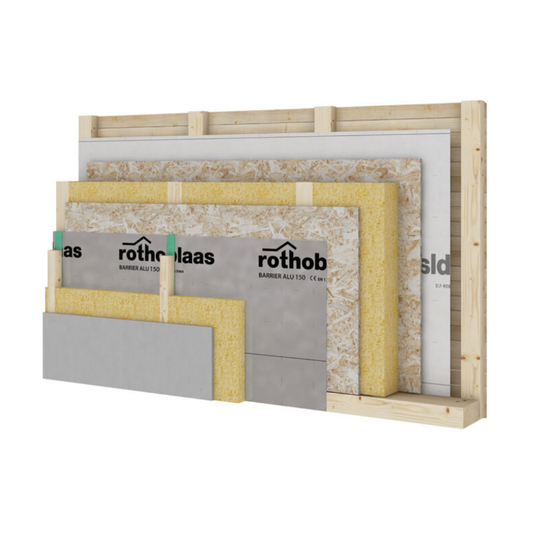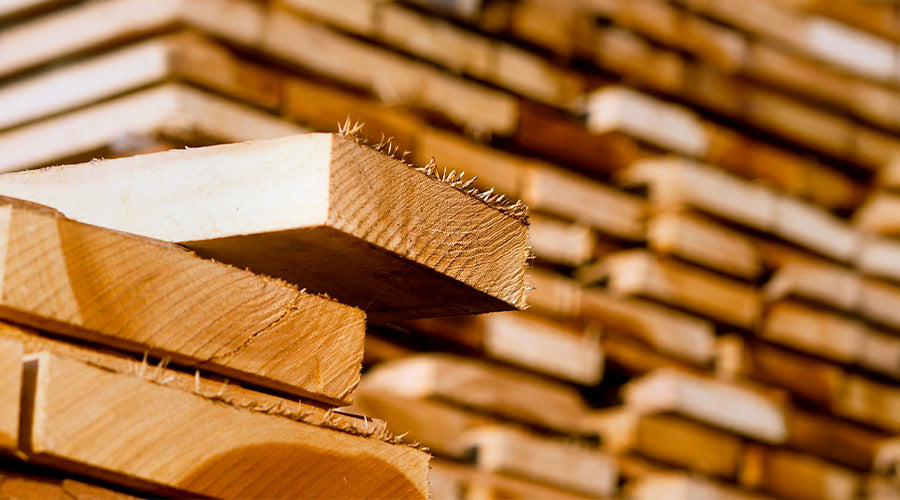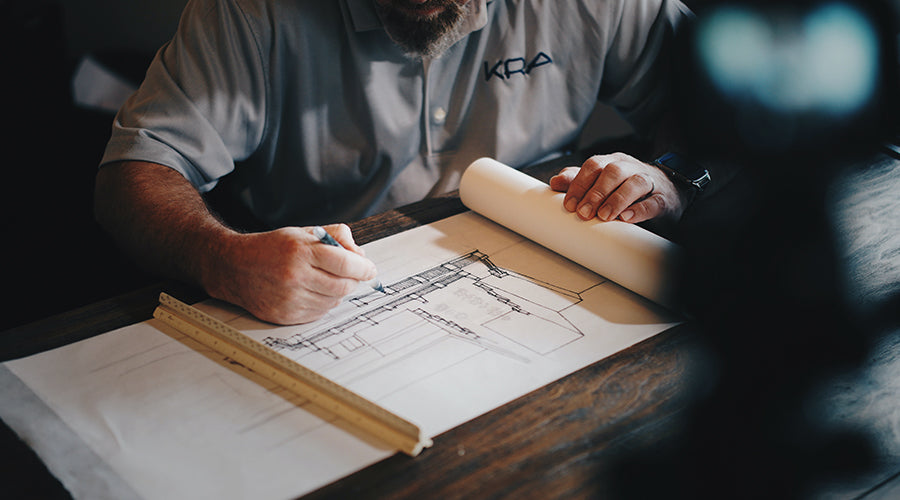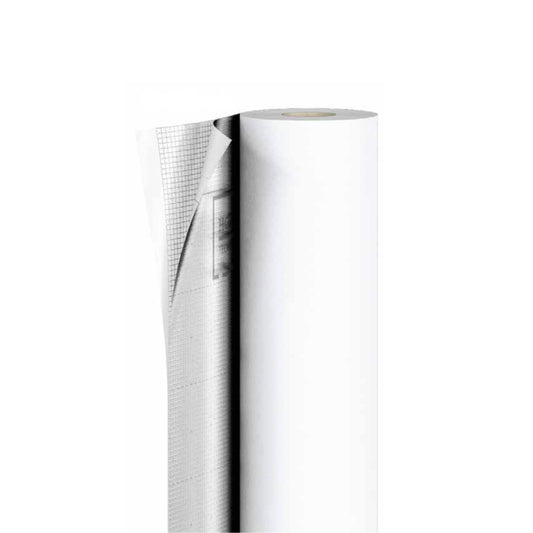
Wall Barriers
High-performance vapour and moisture barriers
Wall barriers are essential components in modern construction, helping to control moisture movement, improve energy efficiency, and prevent damp-related issues in timber buildings. Whether you need a vapour barrier for walls to regulate moisture, a moisture barrier for walls to prevent water ingress, or a party wall cavity barrier for enhanced insulation and fire resistance, selecting the right solution is key to ensuring long-term structural integrity.
Timber buildings are particularly vulnerable to moisture damage, which can lead to rot, insulation failure, and mould growth. By installing a wall vapour barrier, builders can protect the structure from excessive condensation while improving the thermal performance of the building.
Wall barriers improve airtightness and insulation while shielding against moisture and wind. Designed for modern construction needs, they enhance energy efficiency and structural resilience. Browse our wall barriers today.
-
 Sold out
Sold outBarrier ALU 150
Regular price £206.64 GBPRegular priceUnit price / per -
Stop House ALU Net 100
Regular price £78.60 GBPRegular priceUnit price / per
How do wall barriers work?
Wall barriers serve as protective layers that regulate moisture and vapour movement through walls. They work by:
- Preventing moisture penetration – a moisture barrier for walls blocks external water ingress, ensuring insulation and timber remain dry.
- Controlling vapour movement – a wall vapour barrier stops moisture-laden air from reaching cooler wall surfaces, reducing the risk of condensation buildup.
- Enhancing fire protection – a party wall cavity barrier helps prevent the spread of fire and smoke between connected buildings.
Types of wall barriers
- Vapour barriers for walls – installed on the warm side of insulation to limit moisture transfer from indoor spaces into the wall cavity.
- Moisture barriers for walls – applied on external walls to block rainwater and damp from penetrating the structure.
By selecting the appropriate wall barrier, builders can extend the lifespan of timber structures while maintaining indoor air quality and energy efficiency.
What are the benefits of wall barriers?
- Protects against moisture and condensation - A vapour barrier for walls prevents condensation buildup inside wall cavities, reducing the risk of damp, mould growth, and timber rot.
- Enhances thermal efficiency - By controlling air and vapour movement, wall barriers help maintain insulation performance, leading to lower energy costs and a more comfortable indoor environment.
- Prevents structural deterioration - Moisture trapped inside walls can cause wood to swell, weaken, or decay over time. A properly installed moisture barrier for walls ensures long-term structural stability.
- Improves soundproofing and fire safety - A party wall cavity barrier enhances acoustic performance between adjoining buildings while also serving as a fire-resistant layer in shared walls.
- Complies with building regulations - Many building codes require vapour and moisture barriers in specific wall assemblies to meet energy efficiency and fire safety standards.
What to consider when choosing a wall barrier?
Selecting the right wall barrier depends on several factors:
Type of barrier required
- Wall vapour barriers – used to control moisture diffusion from indoor air.
- Moisture barriers for walls – designed to block water ingress from external sources.
- Party wall cavity barriers – used in multi-unit buildings for fire safety and sound insulation.
Climate and building conditions
- In humid climates, a vapour barrier is critical to prevent excessive condensation.
- In rain-prone areas, a moisture-resistant wall barrier provides added protection.
Wall construction type
- Timber-framed walls may require breathable vapour barriers to allow controlled moisture escape.
- Solid masonry walls often need moisture-resistant barriers to prevent water penetration.
Placement and permeability
- A vapour-tight barrier is essential in airtight buildings.
- Breathable membranes are preferred where moisture escape is required.
Installation and sealing
- Proper sealing of joints, edges, and penetrations is crucial to prevent air and moisture leaks.
Where does the vapour barrier go in a wall?
The placement of a wall vapour barrier depends on climate conditions and insulation type:
- In cold climates – the vapour barrier is placed on the warm side (interior) of the insulation to stop warm, moist air from reaching colder wall surfaces.
- In warm climates – vapour barriers may be installed on the exterior side of the insulation to prevent humid outdoor air from entering.
- For mixed climates – a vapour-permeable barrier may be used to allow moisture to escape when necessary.
Correct placement ensures effective moisture management without trapping condensation.
How to install a vapour barrier on walls?
Preparing the wall surface
- Ensure the wall is clean, dry, and free from dust or debris.
- If applying over timber framing, check for any existing moisture issues.
Rolling out the vapour barrier
- Start at the bottom of the wall and work upwards.
- Overlap sheets by at least 100mm to create a continuous vapour seal.
Fixing and sealing the membrane
- Secure the vapour barrier with staples, adhesive, or mechanical fixings.
- Use vapour barrier tape to seal all joints and penetrations, such as pipes and outlets.
Installing insulation and wall finishes
- Once secured, apply insulation and internal wall cladding, such as plasterboard, as per construction guidelines.
Proper installation ensures that the vapour barrier effectively prevents moisture transfer while maintaining a well-sealed building envelope.
Do I need a vapour barrier on…?
Exterior walls:
Yes, a vapour barrier on exterior walls is recommended in cold or humid climates where controlling moisture movement is crucial.
- In cold regions, a vapour barrier on the interior prevents indoor humidity from reaching external walls.
- In warm regions, a vapour-permeable barrier on the exterior prevents outdoor moisture from entering.
Interior walls:
A vapour barrier is not always necessary on interior walls, except in specific cases:
- In high-moisture areas, such as bathrooms and kitchens, a vapour barrier can help protect walls from excessive condensation.
- In multi-unit buildings, a party wall cavity barrier may be required for fire protection and acoustic insulation.
For standard interior walls, natural airflow and ventilation often provide adequate moisture control.
A wall barrier is essential for moisture protection, energy efficiency, and fire safety in timber buildings. Whether you're installing a vapour barrier for walls, a moisture barrier for walls, or a party wall cavity barrier, choosing the right solution ensures long-term durability and performance.
By understanding how wall barriers work, where vapour barriers should be placed, and how to install them properly, builders can create well-protected, energy-efficient, and moisture-resistant structures that stand the test of time.
Timber build advice:
-

How to soundproof a timber house?
Find out how -

How to connect timber to…..?
Find out how -

How to fix timber build noise issues?
Find out how
Need advice on your timber project?
Our team of experts are ready to assist you with any questions or guidance you may need for your timber construction. Whenever you're ready to delve deeper into the possibilities, feel free to reach out to us.





